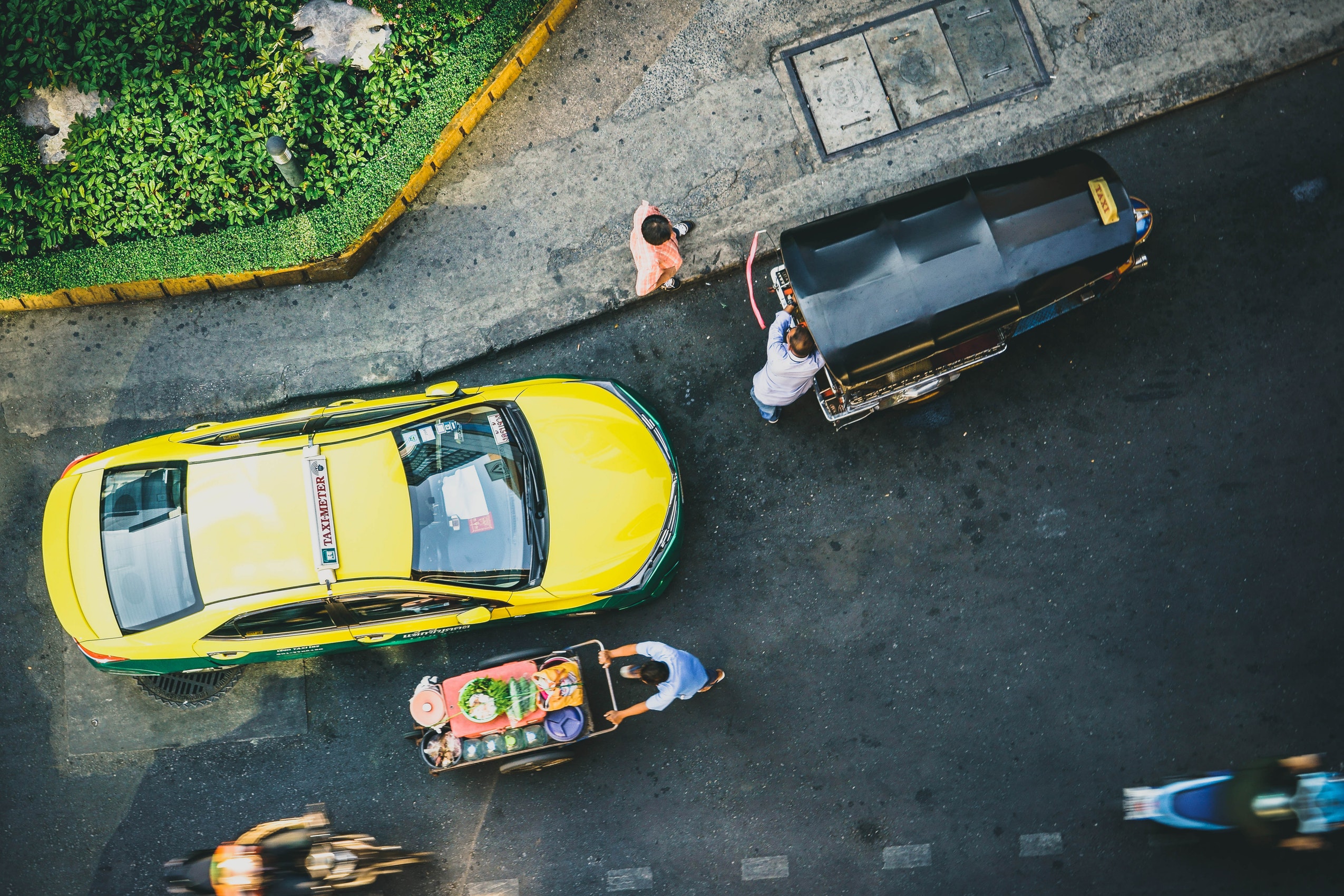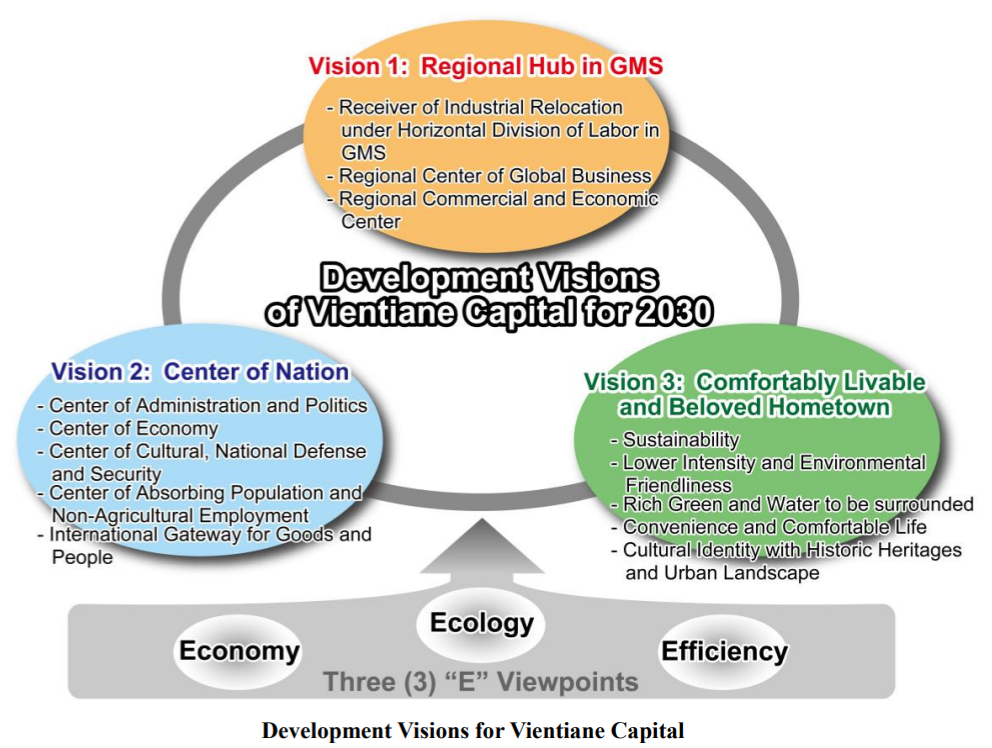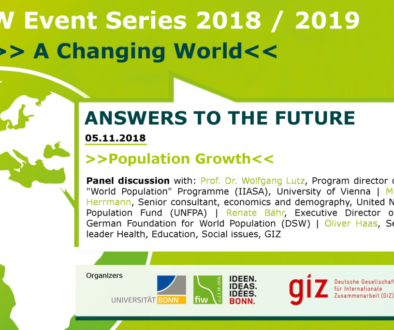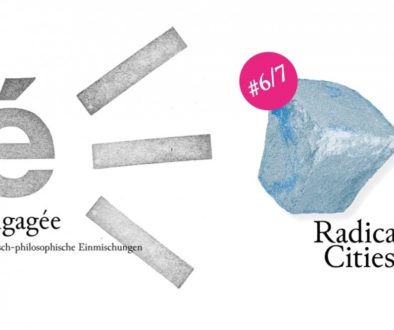Vientiane – From Small Capital to Metropolis
VHS Bonn Lecture – Southeast Asia
Vientiane – From Small Capital to Metropolis
 [Picture: Igor Ovsyannykov]
[Picture: Igor Ovsyannykov]
With an urbanization rate of 33% and Vientiane as its leading force, Laos is currently on the urbanization-highway. Opening up to free-market mechanisms in order to follow up with and utilize Asia’s regional political and economical growth, by means of attracting Direct Foreign Investment, gives rise to the question of who’s the actual driver of Laos economic as well as socio-spatial and cultural development, and if the direction the country is heading towards is compatible with the ideas of the Laotian population.
![]()
Speaker
-
- Dr. Michael Kleinod
- Scientific Reaseacher – Oriental and Asian Studies, Bonn University
- Dr. Michael Kleinod
![]()
Urban Development Contradictions
Hisotrical Imprint
Laos’ aspiration of turning Vientiane into a metropolis and establishing it as a centrum of international interest clashes with the current rural character of most of the country outside of the urban centre and locals’ rejective attitude towards accelerated urbanization and economically motivated internationalization, as we will see later in more detail. Having said that, a clearly divergent and almost contradictory development between the capital and the rest of the country is nothing new to Laos…
Laos’ Long Lasting Long-Term Vision
With Kaisôn, a former lifelong communist and leader of Lao communist party, introducing the New Economic Mechanism, Laos’ strategy for realizing “A modern capital city of a modern nation-state” was formulated and built for the first time in its history on market economy mechanisms. Since then, Laos, one of the world’s Least Developed Countries (LDC), envisions to capitalize on its geographical situation to expand and transform the country.
Following up with and utilizing Asia’s political and economical growth, which is accompanied by an increasing demand for new land, new markets and business opportunities, and more energy, Laos views it as an opportunity to make its largely undeveloped land available for Foreign Direct Investments (FDI), expand its infrastructure to mak the country and its capital more accessible, and take advantage of its geographical location with the Mekong river right next to Vientiane, harvesting hydroelectric power and position Laos as the “Battery of Asia”.
Chinese Catalysts with a Price
By opening up to market economy and selling its land to foreign investors, Laos also hands over a great deal of its leverage and impact to determine underlying interests, direction and speed of the country’s socio-spatial and cultural development. Land grabbing, as the process of foreign investors taking advantage of developmental opportunities and stepping in as the leading and formative power in the region, will displace, and in the long run to a great extent replace, the current Laotian way of doing things – be it business or maintaining and creating social and cultural cohesion.
Albeit Vientiane, capital and leading force for development indicates the direction of Laos as a whole, it is the one and only urban centre within the country and Laos rural population seems not be in favor of Chinese investors cultivating rural areas for their own markets. As an illustration, Dr. Kleinod shared stories of Laotians digging up gumtrees and planting them upside down along arterial roads leading to China, to show their disapproval of the Chinese land takeover. In case of investors encountering resistance from regional political institutions, they are simply bypassed and direct deals are made with land owners which are now more dependent on making an income for themselves on the free-markten than during times of collectivisation.
Vientiane Vision 2030
Expanding on “A modern capital city of a modern nation-state”, development visions of Vientiane Capital for 2030, released 2011, describe concrete actionable steps and indicators, clustered around three overarching visions, empowered by three guiding viewpoints/ principles:

Still reaching for regional and international economical and political significance (see Vision 1 and 2), Laos started incorporating answers to the changing labour market and social security situation of the country’s population (see Vision 2, point 4) and also to more far-reaching effects of environmental and societal change due to industrialization, urbanization and industrialization, by means of preventive, mitigation and preservative measures (see Vision 3).
More and concrete information on Vientiane Vision 2030 is provided in the YouTube clip, as well as in the Urban Development Master Plan pdf linked below under the Links to follow up section.
![]()
- Event Website
- Vientiane Capital Urban Development Master Plan (.pdf)
- All events of the VHS Bonn Urban Development Worldwide Lecture Series


